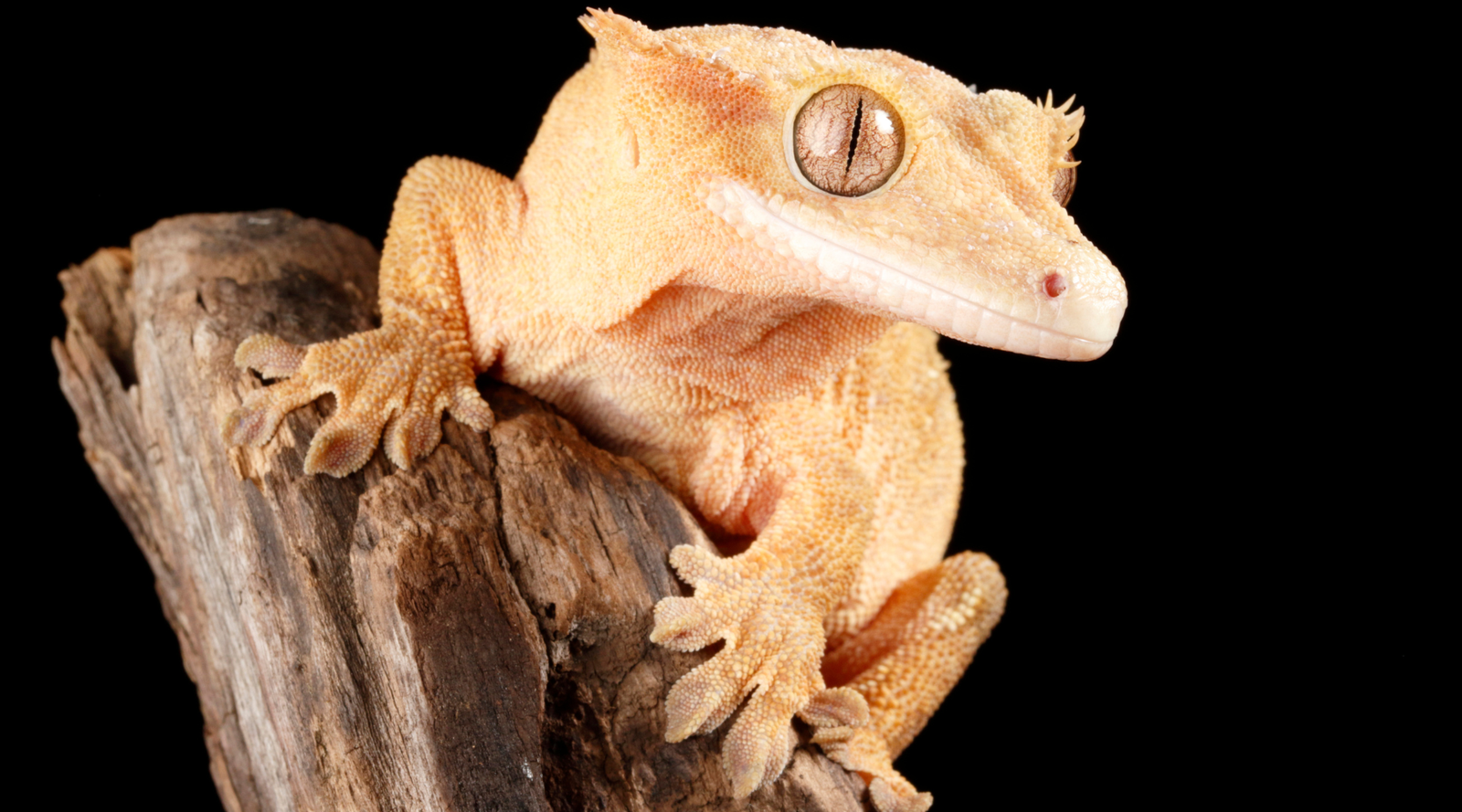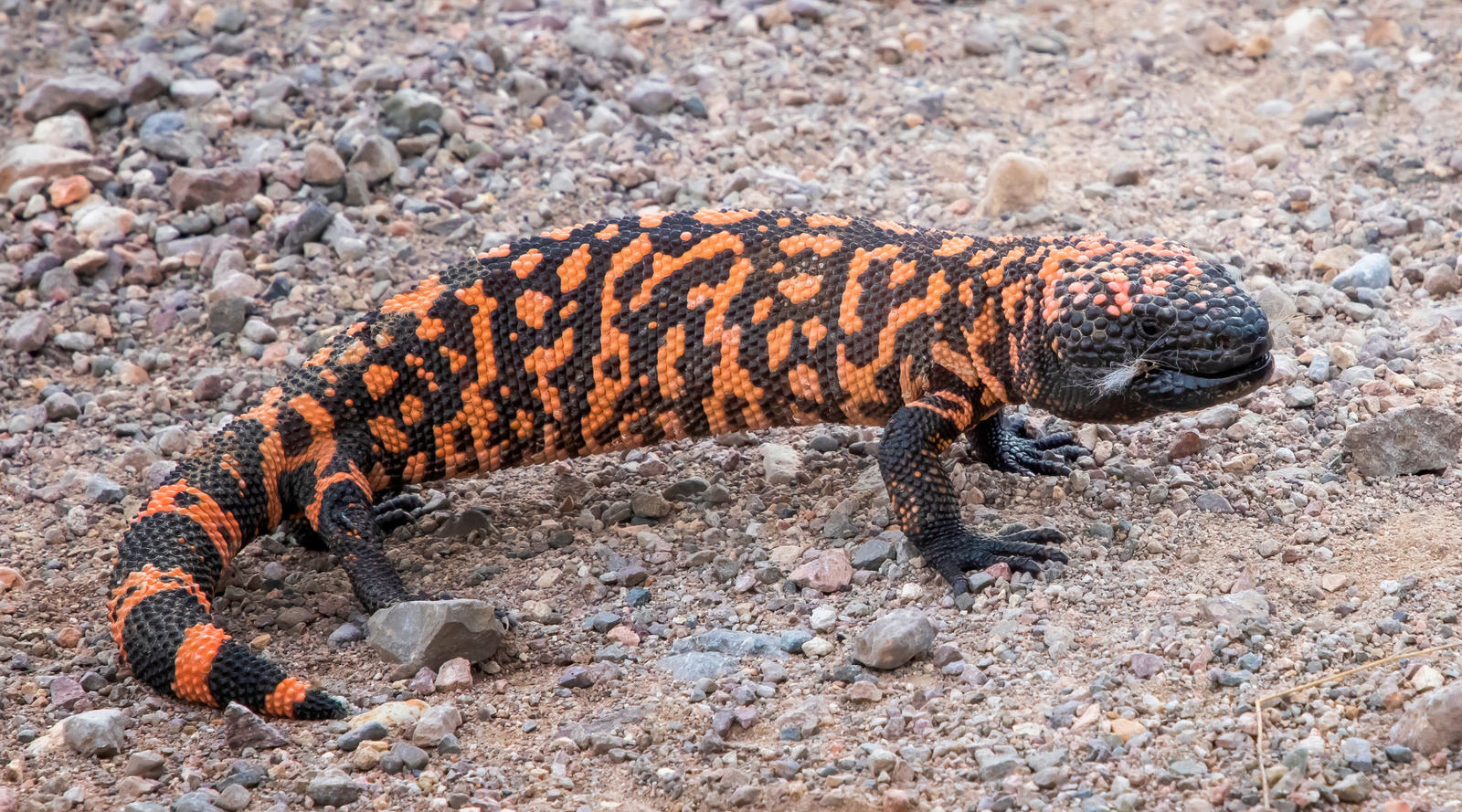Hummingbird Fall Migration: Where Do They Go and Why?
Every year during the fall, a remarkable event takes place in the world of birds: the hummingbird fall migration. These tiny, iridescent wonders take an incredible journey, traveling to escape the chill of winter and find more hospitable habitats. Why do hummingbirds migrate in the fall and where do they travel to? Let's find out!

Why Do Hummingbirds Migrate in the Fall?
Whilst hummingbirds are famous for their dazzling plumage and unique hovering flight, another interesting hummingbird fact is their exceptional adaptability to different environments, which has allowed them to thrive in various habitats.
However, the cooler temperatures of fall and winter cause problems for most hummingbirds and so they choose to migrate to warmer climates.
Hummingbirds migrate in the fall for several reasons:
1. Food Availability
One of the main reasons for hummingbird fall migration is the availability of food. Hummingbirds primarily feed on nectar from flowers, which is their main energy source. During the fall, as temperatures drop, flowers start to wither and produce less nectar.
Insects, another vital food source for hummingbirds, also become scarcer during the fall.
To avoid starvation, hummingbirds instinctively migrate to areas where nectar-rich flowers and insects are still abundant.
2. Cold Winter Temperatures
Hummingbirds are tiny birds with incredibly high metabolic rates. They require a substantial amount of energy to maintain their body temperature, especially during cold nights.
As temperatures drop in the fall, it becomes increasingly challenging for them to stay warm. Migrating to warmer regions allows them to survive without expending excessive energy to keep warm.
3. Breeding Season Ends
Fall marks the end of the breeding season for hummingbirds. Once their offspring are independent, adult hummingbirds can migrate without the responsibilities of raising their young.
4. Internal Body Clock
When fall is on the way, their body clocks signal to them that it's time to prepare for migration. Their bodies respond by storing up energy reserves, such as fat, which will sustain them during their long journeys.
5. Territorial Aggression
Hummingbirds are known for their territorial behavior. During the breeding season, they defend feeding territories aggressively. As fall approaches and food becomes scarcer, maintaining these territories becomes increasingly difficult. Migrating allows them to escape the competition and territorial disputes, ensuring they have access to ample food sources in their wintering grounds.

Hummingbird Fall Migration Routes
Hummingbird fall migration routes are nothing short of astounding. While there are well over 300 species of hummingbirds, not all of them migrate, and the specific routes they take vary depending on their breeding and wintering locations.
Examples of Hummingbird Fall Migration Paths
Ruby-throated Hummingbirds
These hummingbirds migrate from North America to Mexico, Panama, or Costa Rica, covering a distance of up to 2,000 miles. Some fly across the Gulf of Mexico to make their journey, where they fly non-stop for 18-20 hours. Some travel a different route to avoid this vast expanse of water, and we can't say we blame them!
Rufous Hummingbirds
Rufous hummingbirds are known for their impressive migrations, flying up to an incredible 4,000 miles. They travel from Alaska and northwest Canada to Mexico.

The Challenges of Fall Migration
Migration is not without its perils for hummingbirds. These birds are small, fragile, and highly susceptible to predators such as hawks and cats, extreme weather, and exhaustion during their journey. Flying non-stop across vast bodies of water or through challenging landscapes requires exceptional stamina.
To prepare for migration, hummingbirds store fat to fuel their long flights. This weight gain is crucial for their survival during periods of fasting, such as crossing the Gulf of Mexico. They also need to find food along their journey, to sustain their migration.
Helping Hummingbirds With Their Migration
Habitat destruction, climate change, and pesticide use all pose significant threats to hummingbirds. By preserving and restoring their natural habitats and providing nectar-rich gardens and nectar feeders, we can support these important pollinators to prepare for their travels, as well as helping those that stay for the winter by not stopping feeding them during fall.
Hummingbird migration in the fall is a vital survival strategy for various species. Their migration is a testament to the remarkable abilities of these tiny birds. Fan of these avian wonders? You'll love our Hummingbirds Collection full of hummingbird shirts, hoodies, totes, and more! Shop today and we'll plant trees + donate to ecological nonprofits, including Pollinator Partnership.
















Helen
October 06, 2025
We love humming birds in our area. We put feeders out in spring and keep them full through the fall till we know the have started migration. They are remarkable birds